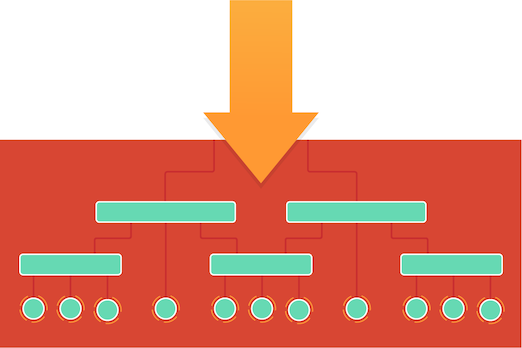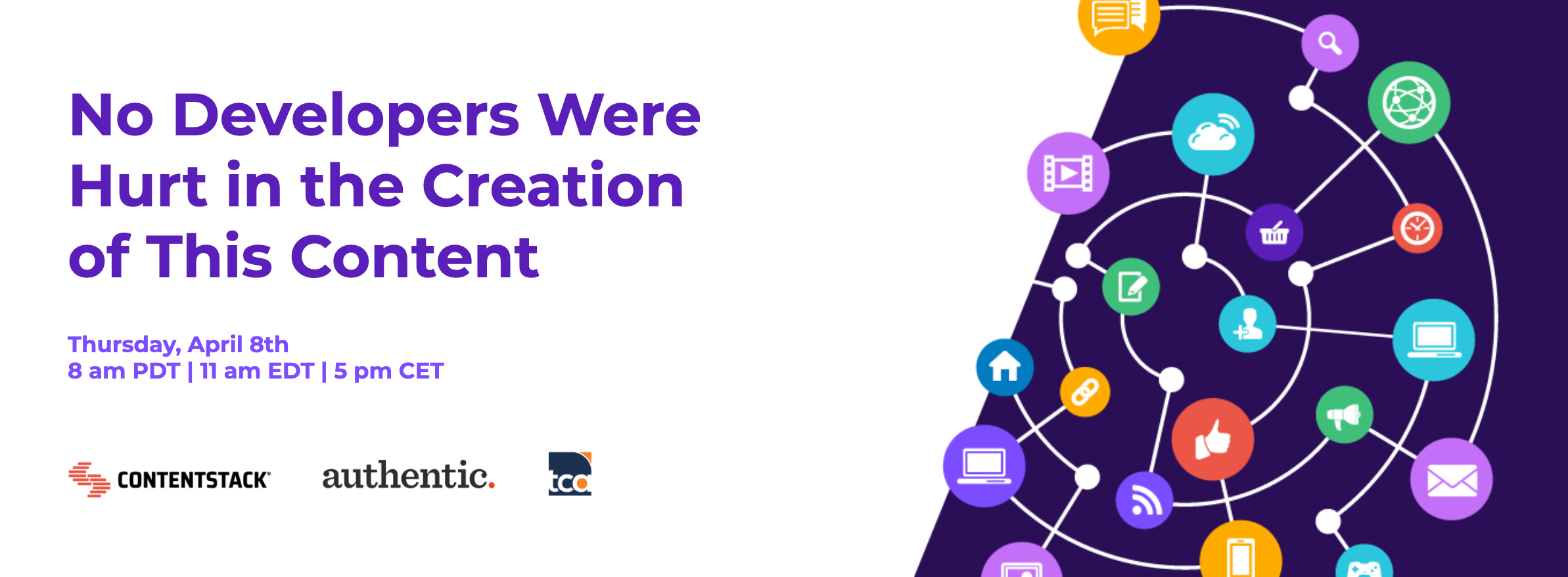Omnichannel Personalization: Baseline for Customer Experience

By the year 2020, customer experience is slated to overtake both product and price as the leading differentiator for brands.
Let’s take a moment and just let that sink in.
In the very-very-near future (less than 12 months from the time of writing), companies should expect that the quality of the experience they provide will outweigh the importance of the actual thing they are selling—and how much it costs!
Personalization is the critical role of customer experience. The future of business isn’t about who has the best widget or offers the biggest coupon. It’s about who makes their customers feel the best about doing business with them. While there are many facets to creating an industry-leading customer experience, perhaps the one that warrants the most attention right now is omnichannel personalization. With technology improvements and rising consumer demand, personalization has entered the mainstream.
It’s no longer just world-class organizations that are able to personalize the experience for each individual. It's the baseline in many industries. Omnichannel personalization is now table stakes. Firms need to quickly define and execute on a customer experience strategy that delivers on personalization if they want to stay in the game.
While Headless CMS is quickly becoming the solution-of-choice for personalization, not all are created equal. Join us with experts from The Content Advisory and Authentic Digital on 4/8 @ 8 AM PST as we discuss how companies can create more connected customer experiences and stay competitive.
How We Got Here: The Evolving Demand for Personalization
Of course, web personalization has been around about as long as cookies have existed for the browser—and the idea of a customer database is nearly as old as business itself.
But the newest technology enables brands to both create personalized customer experiences at scale and deploy those experiences across every channel. That’s omnichannel personalization in action.
From the customer’s standpoint, this means that my preferences, history, and actions on every device continue to hone my experience.
What may have seemed to be a marvel of modern technology just a few years ago is now commonplace, and consumers expect it. Just ten years ago, having a digital assistant in your pocket that could respond to only your voice and serve up personalized news would have seemed like something straight out of science fiction. But now, millions of people use Siri every day to read them a flash news briefing. Consumers have come to expect that level of personalization from their devices and digital experiences.
As technology enables more exceptional experiences, customers expectations also become greater. The next round of improved experiences fuels consumer demand even further—and on and on.
What this means for brands is that the old “normal” is now antiquated. Maintaining even a sufficient customer experience is not enough in the age of rising expectations from customers and clients.
In a world where customer experience has become the main differentiator and leading competitive advantage for firms ranging from healthcare to home repair, keeping up with just the baseline puts most companies well behind the curve of customer expectations.
Are you interested in getting ahead of that curve? Here’s a great place to start.
Building a Customer Experience Strategy for Omnichannel Personalization
One of the biggest hurdles for companies at this point is constructing a coherent strategy for achieving customization and a 1:1 customer relationship.
In theory, the idea of serving up personalized content and recommendations makes intuitive sense. But tactically and strategically, most firms are a long way from being able to implement at scale.
Many brands have a general content strategy in place. They likely also have a channel strategy for distributing that content through mobile apps, websites, emails, and more.
The missing link is technology.
Having the right content and customer technology is what spans the gap between the content strategy and the channel strategy—it unlocks omnichannel personalization at scale.
In practice, these components working together become a functional Digital Experience Platform (DXP). This emerging vertical is purpose-built to enable companies to deliver personalized customer journeys across an array of touchpoints.
The DXP comprises two main components:
- An API-first CMS and customer-centric content architecture
- Integrated CRM or customer database
As Gartner noted in a recent report, the first step toward a true DXP or digital experience personalization is having a system and architecture for your content that enables it to be personalized and distributed—that’s the role of a headless CMS like Contentstack.
The other component is a customer database system or CRM like Salesforce that allows you to sync customer data and activities with content from the CMS, build custom applications that blend this data, and deploy personalized experiences across the customer journey.
Lastly, integrations with other services like Optimizely or AI/machine learning applications can be used to develop a feedback loop to monitor, adjust, and optimize the customer experience for various segments or cohorts.
Combined, these pieces of technology allow companies to drive personalized customer experiences forward in new and exciting ways.
Omnichannel Personalization in the Wild
To get a feel for how omnichannel personalization works across a few different industries, let’s look at some leaders in the space and how their programs are designed to create a 1:1 marketing relationship with customers on any channel or device.
Starbucks
The Starbucks Rewards platform has come to be known as a gold standard in omnichannel customer experience. Not only do they use the rewards platform as a central hub for customer data, actions, and preferences; but it also becomes a payment gateway that allows Starbucks to better understand individual customer buying and spending habits at their stores.
The company has been smart to include many perks and features for customers, which keep them engaged with the app and allows Starbucks to serve offers, specials, and deals that feel completely personalized to each coffee (or cappuccino or tea) drinker.
Netflix
Perhaps no one exemplifies the promise of omnichannel personalization quite like Netflix.
Most notably, the viewing experience is entirely seamless no matter which device you use. But Netflix also collects and uses troves of consumer data. From suggesting new content that feels personally curated to triggering automated email notifications about new releases from a favorite series, the Netflix experience sets a high bar for omnichannel personalization.
Miami HEAT
The Miami HEAT uses Contentstack to power their personalized fan experience.
Across web and mobile properties, they’re able to keep their supporters engaged and deliver VIP treatment with customized updates, content, and alerts. The team can learn individual fans’ favorite players and serve them exclusive content like behind-the-scenes footage and news.
Level Up Your Customer Experience with Omnichannel Personalization
Competition over customer experience is heating up.
As firms continue to innovate and rethink their experience strategy, customer expectations are also on the rise. With content personalization and 1:1 marketing becoming an increasingly common part of the customer experience, the laggards in each category will quickly fall behind as previously loyal customers switch to competitors who can serve up a better experience and better meet their needs in a complex, omnichannel world.
The window to wield these technologies as a competitive advantage is closing quickly.
In most industries, the rapid adoption of smarter content and customer technologies is leading a CX arms race. The number of companies investing in omnichannel technology and customer experience personalization has increased dramatically over the last eight years. By the year 2020, 80% of retail companies are expected to be investing in omnichannel customer experience technology versus just 20% in 2010.
Firms that fail to adapt will quickly be left behind as new technology and applications of AI and machine learning allow for exponential advances in CX strategy and management.
To learn how you can transform your customer experience strategy, start by learning about the central role that a headless CMS plays in delivering omnichannel personalization at scale.
Recommended for you:
About Contentstack
The Contentstack team comprises highly skilled professionals specializing in product marketing, customer acquisition and retention, and digital marketing strategy. With extensive experience holding senior positions at renowned technology companies across Fortune 500, mid-size, and start-up sectors, our team offers impactful solutions based on diverse backgrounds and extensive industry knowledge.
Contentstack is on a mission to deliver the world’s best digital experiences through a fusion of cutting-edge content management, customer data, personalization, and AI technology. Iconic brands, such as AirFrance KLM, ASICS, Burberry, Mattel, Mitsubishi, and Walmart, depend on the platform to rise above the noise in today's crowded digital markets and gain their competitive edge.
In January 2025, Contentstack proudly secured its first-ever position as a Visionary in the 2025 Gartner® Magic Quadrant™ for Digital Experience Platforms (DXP). Further solidifying its prominent standing, Contentstack was recognized as a Leader in the Forrester Research, Inc. March 2025 report, “The Forrester Wave™: Content Management Systems (CMS), Q1 2025.” Contentstack was the only pure headless provider named as a Leader in the report, which evaluated 13 top CMS providers on 19 criteria for current offering and strategy.
Follow Contentstack on LinkedIn.






.svg?format=pjpg&auto=webp)
.svg?format=pjpg&auto=webp)
.png?format=pjpg&auto=webp)






.png?format=pjpg&auto=webp)









